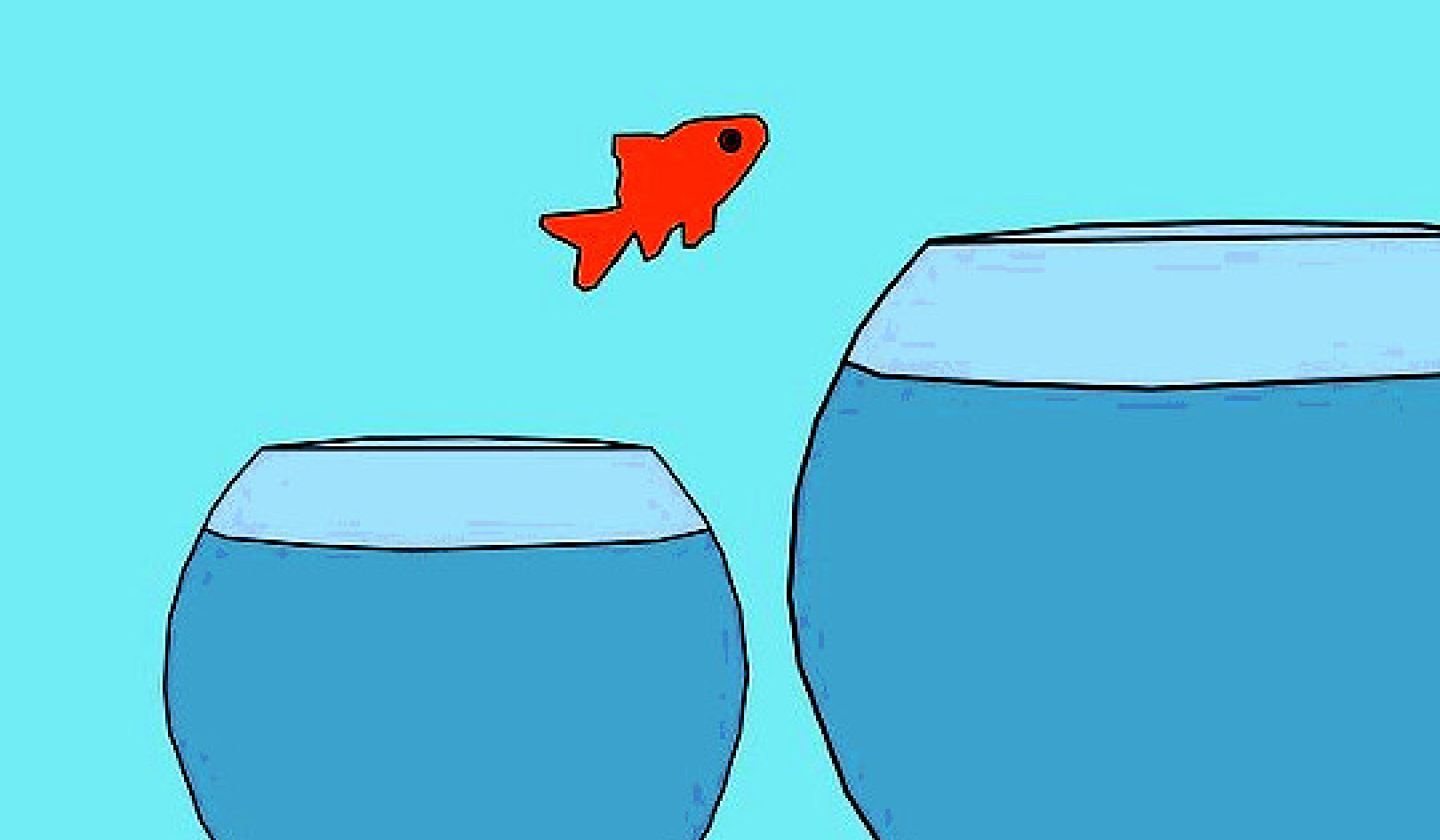 The everyday stressors of life can lead to worrisome thoughts. PR Image Factory
The everyday stressors of life can lead to worrisome thoughts. PR Image Factory
A new year brings both hopes and anxieties. We want things to be better for ourselves and the people we love, but worry that they won’t be, and imagine some of the things that might stand in the way. More broadly, we might worry about who’s going to win the election, or even if our world will survive.
As it turns out, humans are wired to worry. Our brains are continually imagining futures that will meet our needs and things that could stand in the way of them. And sometimes any of those needs may be in conflict with each other.
Worry is when that vital planning gets the better of us and occupies our attention to no good effect. Tension, sleepless nights, preoccupation and distraction around those very people we care for, worry’s effects are endless. There are ways to tame it, however.
As a professor of medicine and population and quantitative health sciences, I’ve researched and taught mind-body principles to both physicians and patients. I’ve found that there are many methods of quieting the mind and that most of them draw on just a few straightforward principles. Understanding those can help in creatively practicing the techniques in your everyday life.
 It’s easier to be in the happier present moment when we are busy. When our minds have nothing to focus on, however, they tend toward worries and concerns. altanaka/Shutterstock.com
It’s easier to be in the happier present moment when we are busy. When our minds have nothing to focus on, however, they tend toward worries and concerns. altanaka/Shutterstock.com
Our brains sabotage the happier present moment
We’ve all experienced moments of flow, times when our attention is just effortlessly absorbed in what we are doing. And studies carried out in real time confirm an increase in happiness when people can focus attention on what they are doing, rather than when their minds are wandering. It may seem odd then that we leave our minds to wander for something like half the day, despite the happiness cost.
The reason can be found in the activity of linked brain regions, such as the default mode network, that become active when our attention is not occupied with a task. These systems function in the background of consciousness, envisaging futures compatible with our needs and desires and planning how those might be brought about.
Human brains have evolved to do this automatically; planning for scarcity and other threats is important to ensure survival. But there’s a downside: anxiety. Studies have shown that some people prefer electric shocks to being left alone with their thoughts. Sound familiar?
Our background thinking is essential to operating in the world. It is sometimes the origin of our most creative images. We suffer from its unease when, unnoticed, it takes over the mental store.
Mindfulness, the practice of observing our mind’s activity, affords both real-time insight into this default feature of the mental operating system and a capacity to self-regulate it.
That is confirmed by studies showing increased attention regulation, working memory, and awareness of mind wandering that develop after only a couple of weeks of mindfulness training. Imaging studies, similarly, show that this kind of training reduces default mode activity and enriches neural connections that facilitate attentional and emotional self-regulation.
Evolution prioritizes survival over happiness
This default to planning is part of our evolutionary history. Its value is evident in the effortless persistence and universality with which it occurs. Mind-body programs like yoga and mindfulness are indicative of the yearning many people have to be in the happier present moment.
How we use our attention is central to our emotional well-being, and many mind-body programs are based on training our minds to be more skillful in this way.
Mindfulness training, for example, asks students to direct their attention to the sensations of breathing. And while that may seem easy, the mind resists, tenaciously. So, despite repeated resolve, a person finds that, within seconds, attention has effortlessly defaulted to planning daydreams.
Just recognizing this feature is progress.
In those moments when you do manage to notice these thoughts with some detachment, their dogged concern with past and future becomes clear. And planning’s semi-vigilant (“What could go wrong here?”) orientation also becomes clear.
We begin to notice that this hoping, comparing and regretting is often concerned with family and friends, job and money – themes of relationship, status and power that are central to the survival of tribal primates. All set against the background knowledge of our passing.
Our bodies take notice
Traditional meditation teachings attribute our everyday unease to the bodily tightening that naturally accompanies the possibility of loss, failure and unfulfilled dreams embedded within this narrative. It’s a tension that is often unnoticed in the midst of managing everyday demands, but its background discomfort sends us looking for relief in something more pleasant like a snack, a screen, a drink or a drug.
 The unnoticed default mode in our minds may compel us to seek comfort in a drink, a snack or TV – or all three. BERMIX STUDIOS/Shutterstock.com
The unnoticed default mode in our minds may compel us to seek comfort in a drink, a snack or TV – or all three. BERMIX STUDIOS/Shutterstock.com
Mindfulness makes us more aware of these preoccupations and reorients attention to the senses. These, by their nature, are oriented to the present – hence the almost clichéd “being in the moment” idiom.
So, when you notice yourself tense and preoccupied with anxious thoughts, try shifting your attention to the sensations of your breathing, wherever you notice it in your body. Bodily tension naturally dissipates with the shift in focus, and a feeling of greater calm follows. Don’t expect attention to stay there; it won’t. Just notice that attention goes back to worries, and gently return it to breathing.
Try it for just a couple of minutes.
 Just focusing on how your breath is moving can shift your brain state – and you can even do it at work. fizkes/Shutterstock.com
Just focusing on how your breath is moving can shift your brain state – and you can even do it at work. fizkes/Shutterstock.com
Other mind-body programs use similar principles
It would be nearly impossible to design studies comparing all the techniques that cultivate mindfulness. But my more than four decades experience as a practitioner, clinician and researcher of several popular mind-body programs suggests that most techniques use similar principles to recover the present moment.
Yoga and tai chi, for example, direct attention to the flow of sensations accompanying the sequence of movements. In contrast, systems such as cognitive therapy, self-compassion, prayer and visualization counter the ambient narrative’s unsettling tone with more reassuring thoughts and images.
Just a little practice makes this universal mental tendency, and your ability to shift it, more apparent in the midst of activities. The reduced arousal that results means that stress-related hormones dissipate, allowing feel-good ones like serotonin and dopamine to be restored in the brain as the happier here and now becomes woven into the fabric of everyday life.
About The Author
James Carmody, Professor of Medicine and Population Health Sciences, University of Massachusetts Medical School
This article is republished from The Conversation under a Creative Commons license. Read the original article.

Related Books:
The Fearless Mindset: The Empowering Secrets to Living Life Without Limits
by Coach Michael Unks
This book offers insights and strategies for overcoming fear and achieving success, drawing on the author's experiences as a coach and entrepreneur.
Click for more info or to order
The Gifts of Imperfection: Let Go of Who You Think You're Supposed to Be and Embrace Who You Are
by Brené Brown
This book explores the challenges of living with authenticity and vulnerability, offering insights and strategies for overcoming fear and building a fulfilling life.
Click for more info or to order
Fearless: The New Rules for Unlocking Creativity, Courage, and Success
by Rebecca Minkoff
This book offers insights and strategies for overcoming fear and achieving success in business and life, drawing on the author's experiences as a fashion designer and entrepreneur.
Click for more info or to order
Feel the Fear . . . and Do It Anyway
by Susan Jeffers
This book offers practical and empowering advice for overcoming fear and building confidence, drawing on a range of psychological and spiritual principles.
Click for more info or to order
The Anxiety Toolkit: Strategies for Fine-Tuning Your Mind and Moving Past Your Stuck Points
by Alice Boyes
This book offers practical and evidence-based strategies for overcoming anxiety and fear, drawing on a range of cognitive and behavioral techniques.























